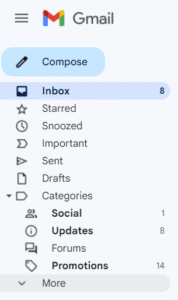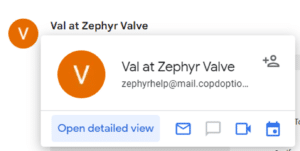Most people with Chronic Obstructive Pulmonary Disease (COPD) and emphysema know about exercise and air quality and how it can help control their symptoms. However, your COPD diet can also help you feel better.
Exercise helps the body use oxygen more efficiently. A healthy diet can help improve your quality of life by lessening the severity of some symptoms and making it easier to breathe.1,2
How Diet Helps COPD1,2
Your body produces carbon dioxide as a waste product after metabolizing the food you eat and the oxygen you breath. In COPD patients, carbon dioxide becomes trapped in the lungs and causes shortness of breath.
Some foods produce more carbon dioxide than others, so eating foods that produces less carbon dioxide will help COPD sufferers to feel less shortness of breath and fatigue.
Your diet also has a significant effect on your weight. COPD carries risks for both underweight and overweight patients. If you are overweight, your heart and lungs must work harder, making breathing more difficult. If you are overweight with COPD, your lungs must work harder to allow you to breathe.
If you are underweight, you are more susceptible to infections, including infections of the lungs. If your lungs become infected, the progression of your disease may worsen.
Talk to your doctor about your target weight and some strategies for helping you achieve and/or maintain that target.
What to Eat if You Have COPD1–3
Some patients with COPD/emphysema experience shortness of breath while eating.1–3 Here are some helpful tips for mealtime.
A healthy diet does not come from just one food or one kind of food, but a balanced variety of different kinds and categories of food.
Complex carbohydrates. Carbohydrates are a necessary part of any diet, but the healthiest carbs are complex carbs. Complex carbohydrates help you maintain stable blood sugar levels, because they are high in fiber.
Examples of foods that contain complex carbohydrates include:
- Fresh fruit and starchy vegetables
- Whole grains
- Whole grain bread and pasta
- Beans and lentils
Examples of fiber rich foods:
- Beans and lentils
- Fruits and vegetables
- Nuts and seeds
- Whole grains, such as oats
If your goal is to gain weight, eat a variety of complex carbs as well as healthy sources of fat and protein.
If your goal is to lose weight, replacing refined (simple) carbs with complex carbs, protein, and healthy fats can promote weight loss.
Protein. Eat a good source of protein twice a day to help maintain strong respiratory muscles. Good protein choices include:
- Milk
- Eggs
- Cheese
- Meat and poultry
- Fish
- Nuts and seeds
- Legumes
- Tofu
If your goal is to lose weight, choose low-fat sources of protein (lean meats and low-fat dairy products).
If your goal is to gain weight, choose proteins with higher fat contents (whole milk and yogurt).
Fresh Produce. Fresh fruits and vegetables have essential vitamins, minerals, and fiber, which help your body stay healthy. Non-starchy vegetables (all except peas, potatoes, and corn) are great for all diets because they are low in carbohydrates.
Fats. Eat mono- and poly-unsaturated fats, which do not contain cholesterol. Examples of unsaturated fats are:
- Canola
- Safflower
- Corn oils
Potassium-rich foods. Eat foods high in potassium, which is important for lung function. A potassium deficiency may cause breathing issues. Foods containing high levels of potassium are:
- Avocados
- Dark leafy greens
- Tomatoes
- Asparagus
- Beets
- Potatoes
- Bananas
- Oranges
Phlegm-producing Foods4
Phlegm, another word for mucus, is a natural thing our bodies produce. We produce it to help protect ourselves from things such as dust, bacteria, and other potentially harmful airborne particles. Excessive mucus production is a common symptom for people with COPD and mucus can be harmful to their health by clogging the airways in their lungs.
Certain foods can cause our bodies to produce more mucus than usual, so avoid them when possible if you have COPD.
Foods that Can Result in More Mucus Production:
- Red meat
- Milk
- Cheese
- Yogurt
- Ice cream
- Butter
- Eggs
- Bread
- Pasta
- Cereal
- Bananas
- Cabbage
- Potatoes
- Corn and corn products
- Soy products
- Sweet desserts
- Candy
- Coffee
- Tea
- Soda
- Alcoholic beverages
Foods that Can Reduce Mucus Production:
- Salmon
- Tuna
- Sardines
- Flounder
- Pumpkin and pumpkin seeds
- Grapefruit
- Pineapple
- Celery
- Pickles
- Onion
- Garlic
- Honey or agar
- Ginger
- Lemon
- Cayenne pepper
- Chamomile
- Olive oil
- Broth
- Decaf tea
What to Avoid1,3
It is best to avoid foods that cause gas and bloating or that have little nutritional value. Everybody is different, so there may be some foods listed below that do not affect you, but if it does, you should limit your intake of them.
Salt. Eating too much salt causes water retention, which may affect your ability to breathe. Instead of salt, use unsalted herbs and spices to add flavor to your food. And be sure to check the labels of the foods you buy because most sodium intake comes from what’s already in the food, not what you add.
Some fruits may cause bloating and gas in people due to their fermentable carbohydrates; examples include apples, stone fruits such as peaches and apricots, and melons. Consuming these fruits may lead to breathing problems in people with COPD. You can substitute these fermentable fruits with low fermentable fruits like berries, pineapple, and grapes.
Some vegetables and legumes are known to cause bloating and gas. Examples of vegetables that can cause gas or bloating are:
- Avocados
- Dark leafy greens
- Tomatoes
- Asparagus
- Beets
- Potatoes
- Bananas
- Oranges
Fried foods. Foods that are fried, deep fried, or greasy can cause gas and bloating as well as some heavily spiced foods. Avoid these foods when possible.
A COPD diet can help improve your COPD symptoms. However, it is a progressive disease, and there is no cure. If managing your COPD with diet, exercise, and medication, doesn’t seem to be enough, talk to your doctor about your treatment options. There are newer treatments now available, like minimally invasive treatment with Zephyr Valves, that could help.
References:
- Janchote, Clair. “COPD Diet: 5 Expert Tips on What to Eat.” Healthline, Healthline Media, 11 Feb. 2019, www.healthline.com/health/copd/diet-nutrition.
- “Nutrition and COPD.” American Lung Association, www.lung.org/lung-health-diseases/lung-disease-lookup/copd/living-with-copd/nutrition.
- Morales-Brown, Louise. “COPD Diet: Foods to Eat, Foods to Avoid, and Diet Plan.” Medical News Today, MediLexicon International, 13 July 2020, www.medicalnewstoday.com/articles/copd-diet.
- “21 Foods That Trigger Mucus Production: Lung Health Institute.” Lung Health Instititute, 26 Dec. 2017, lunginstitute.com/blog/21-foods-trigger-mucus-production-21-foods-reduce/
US-EN-1176-v1







 If you do not see an email from “Val at Zephyr Valve” in your inbox within 15 minutes of signing up, go to your “Spam” folder within Gmail. (You may have to click "More" to see the Spam folder.) Select the email from "Val at Zephyr Valve."
There will be a gray box at the top that says “Why is this message in spam?” Click the “Report Not Spam” button. This will move the email to your inbox.
If you do not see an email from “Val at Zephyr Valve” in your inbox within 15 minutes of signing up, go to your “Spam” folder within Gmail. (You may have to click "More" to see the Spam folder.) Select the email from "Val at Zephyr Valve."
There will be a gray box at the top that says “Why is this message in spam?” Click the “Report Not Spam” button. This will move the email to your inbox. Go back to your inbox and open the email. Click on the icon next to “Val at Zephyr Valve”, you’ll see a person icon with a “+”. Click that, and you can add Val to your Contacts list. If you don’t receive a second email from us in a few days, please check your Spam folder again.
Go back to your inbox and open the email. Click on the icon next to “Val at Zephyr Valve”, you’ll see a person icon with a “+”. Click that, and you can add Val to your Contacts list. If you don’t receive a second email from us in a few days, please check your Spam folder again.
